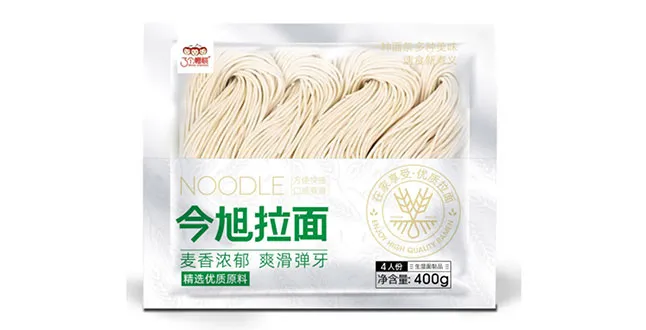Exploring the Health Benefits and Culinary Uses of Shirataki Noodles in Japanese Cuisine
The Health Benefits and Culinary Versatility of Japanese Shirataki Noodles
Shirataki noodles, often referred to as konjac noodles or Miracle Noodles, have gained immense popularity in recent years, especially among health-conscious individuals and those pursuing low-carb diets. These unique noodles, made from the konjac yam, are a staple in Japanese cuisine, and their appeal goes beyond their impressive nutritional profile. In this article, we explore the numerous health benefits and culinary versatility of shirataki noodles.
Nutritional Profile
One of the standout features of shirataki noodles is their incredibly low calorie count. Made primarily of water and glucomannan, a type of soluble fiber extracted from the konjac root, these noodles contain virtually no carbohydrates or calories. A typical serving of shirataki noodles contains only about 10 calories, making them an ideal choice for those looking to lose weight or maintain a healthy lifestyle. The high fiber content not only aids digestion but also promotes a feeling of fullness, which can help curb overeating.
Low-Carb and Gluten-Free
Shirataki noodles are an excellent option for people following low-carbohydrate or ketogenic diets. Unlike traditional pasta made from wheat, shirataki noodles are gluten-free, making them a safe choice for individuals with celiac disease or gluten intolerance. Their ability to absorb flavors means they can easily be incorporated into a variety of dishes without sacrificing taste, allowing for greater dietary flexibility.
Culinary Versatility
japanese shirataki noodles

Beyond their health benefits, shirataki noodles shine in the kitchen due to their remarkable versatility. They can be used as a substitute for traditional pasta in a wide range of recipes. Whether you’re crafting a classic spaghetti dish, a rich stir-fry, or an Asian-inspired soup, shirataki noodles serve as a fantastic base. They can also be used in salads, casseroles, and even as a filling for spring rolls.
One of the best features of shirataki noodles is their ability to absorb surrounding flavors. This characteristic allows them to take on the taste of whatever sauce or spices they are combined with, making them an excellent canvas for a variety of culinary creations. For example, sauté them with garlic, ginger, and vegetables for a quick and healthy stir-fry, or pair them with marinara sauce for a guilt-free pasta meal.
Preparation Tips
Before incorporating shirataki noodles into your meals, it’s essential to rinse and drain them thoroughly. This step helps remove any residual odor from their packaging and prepares them for cooking. After rinsing, you can either pan-fry or boil the noodles for a few minutes to improve their texture—this makes them more palatable and ready to absorb flavors.
When cooking with shirataki noodles, consider incorporating protein-rich ingredients such as tofu, chicken, or seafood. This addition not only balances the meal but also enhances its nutritional value. Paired with colorful vegetables and a tasty sauce, shirataki noodle dishes can be both visually appealing and satisfying.
Conclusion
In summary, shirataki noodles are an incredible addition to any health-conscious diet. Their low calorie and carbohydrate content, combined with their gluten-free nature, make them a fantastic alternative to traditional pasta. Their culinary versatility allows for endless possibilities in the kitchen, enabling you to enjoy your favorite dishes without the guilt. Whether you’re looking to lose weight, manage blood sugar levels, or simply adopt a healthier eating style, incorporating shirataki noodles into your meal rotation can be a flavorful and nourishing choice. Next time you’re in the mood for pasta, consider giving these Japanese noodles a try—you may just discover your new favorite dish.
-
Unleash Your Inner Chef with Delectable Italian Pasta CreationsNewsAug.01,2025
-
Savor Health and Flavor: Irresistible Soba Noodles for Sale Await!NewsAug.01,2025
-
Nourish Your Body with Premium Organic Ramen - A Culinary Delight AwaitsNewsAug.01,2025
-
Elevate Your Dishes with Our Exquisite Kinds of Egg NoodlesNewsAug.01,2025
-
Dive into Flavorful Convenience with Our Ramen OfferingsNewsAug.01,2025
-
Discover Exquisite Types of Naengmyeon and Chilled Soba NoodlesNewsAug.01,2025
-
Is Whole Wheat Pasta Healthy?NewsMay.30,2025
Browse qua the following product new the we

















































































































